Illinois recently released its 2024 Educational Report Card. The grades are, not surprisingly, bleak. Eighty schools reported not a single student who reached grade proficiency in math. Of the state’s low-income students, only 24.6 percent are proficient in reading, and 13.7 percent in math.
The Chicago Teachers Union – with impeccable grammar and punctuation – blames insufficient funding: “[Governor JB] Pritzker cries poor, he is leaving $10 billion in billionaire and big tech tax breaks on the table. Reversing just a fraction of that windfall would provide [Chicago Public Schools] and all Illinois schools the funds they need to thrive.”
Not that the CPS or the CTU have proven themselves emblems of fiscal responsibility. CPS is running a $734 million deficit and devotes 7 percent of its funding to debt service. It suffers immense administrative bloat: fewer than half of its 45,965 full-time employees are teachers. Despite falling enrollment rates, its budget balloons every year. Chicago schools face an incredibly difficult task. But to spend $9.9 billion this year alone, while 18,000 students attend zero-proficiency schools? That seems slightly excessive.
The CTU, meanwhile, charges its teachers $1,410.98 a year and devotes 80 cents on the dollar to campaign donations. Following a 2021 discrimination lawsuit against CPS (not to be confused with the more recent labor negotiation that increased CPS operating costs by $1.5 billion), the union paid its law firm $4 million in fees. It just so happens that the firm is owned by the mother of the union’s vice president, Jackson Potter. The union’s president, Stacy Davis Gates, declared on X that “*School choice* was actually the choice of racists” while her son was enrolled in a prestigious Catholic school. Not surprisingly, the union maintains a shining 21 percent favorability rating within the state.
Perhaps it is time to try something new.
Investing in charter schools is a good first step. According to a 15-year Stanford University study, charter schools across the nation consistently yield higher reading and math outcomes than their public-school counterparts. Few charter-school studies have followed Chicago specifically in recent years, but as of 2017, the city’s charter schools sent 19 percent more of their graduates to four-year colleges than did its district high schools. Yet these charter schools operated on 36 percent less spending per student than mainstream public schools. This disparity could be interpreted in three ways: that charter schools operate efficiently because they must compete for students to enroll; that they are underfunded; or that typical public schools are not so starved for cash as they claim (one Douglass Academy High School spent $93,787 per student in 2024, and 100 percent of its students still failed in math). Regardless of which interpretation you choose, the upshot is that charter schools are succeeding (comparatively, at least) where typical public schools are failing. The very fact that the parents of one in four Chicago high-schoolers choose to enroll in a charter school indicates a higher level of trust than in district schools. Taxpayers ought to be questioning why CPS agreed, in the March labor negotiation, to place a moratorium on the founding of new charter schools.
Better yet, Illinois could give students the opportunity to escape the dismal public-school system altogether. The state currently offers a 25 percent tax credit for educational expenses such as private-school tuition, but it caps the credit at $750 per family. While this modest break may be nice for middle- to high-income families with students enrolled in private schools, it does not bridge the gap for severely disadvantaged families. Illinois once enabled these low-income students to receive tuition scholarships via its “Invest in Kids” program, which gave a 75 percent tax credit to families and businesses that donated to Scholarship Granting Organizations (SGOs). But in 2023, at the behest of you-guessed-who, the CTU, Illinois axed the program.
Fortunately, Congress has offered Illinois the opportunity to grant school choice to those families whom the public-school system has failed. The Big Beautiful Bill created a 100 percent tax credit – should a state governor or legislature opt-in – to match an individual’s donation to an educational SGO. These organizations then grant scholarships to low-income or disabled students to attend private schools. The new program would cost neither the state of Illinois nor the local public-school district a cent.
Both CPS and the CTU have failed the students of Illinois. With the federal scholarship program, a 12-year-old in West Garfield Park could attend a private school that invests in children, not political campaigns. Governor Pritzker must decide: will only the wealthy be taught to read?



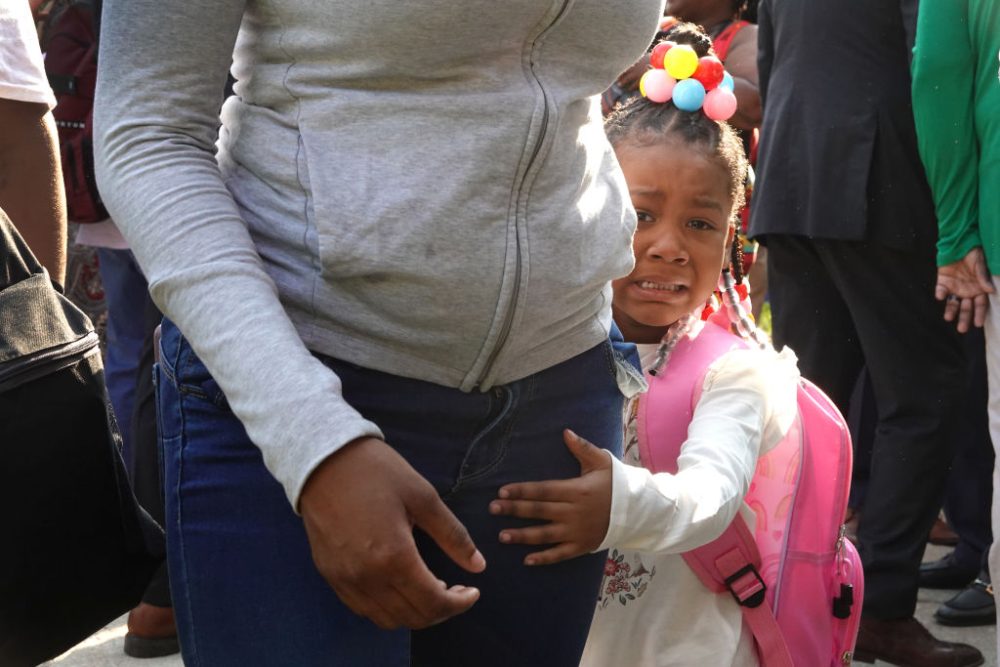











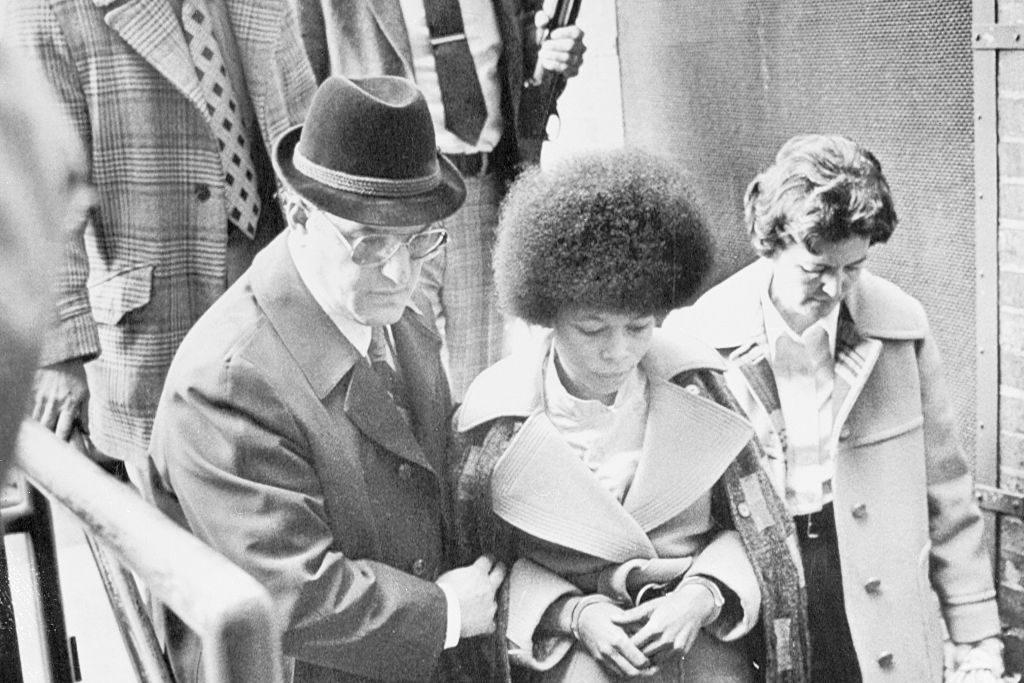

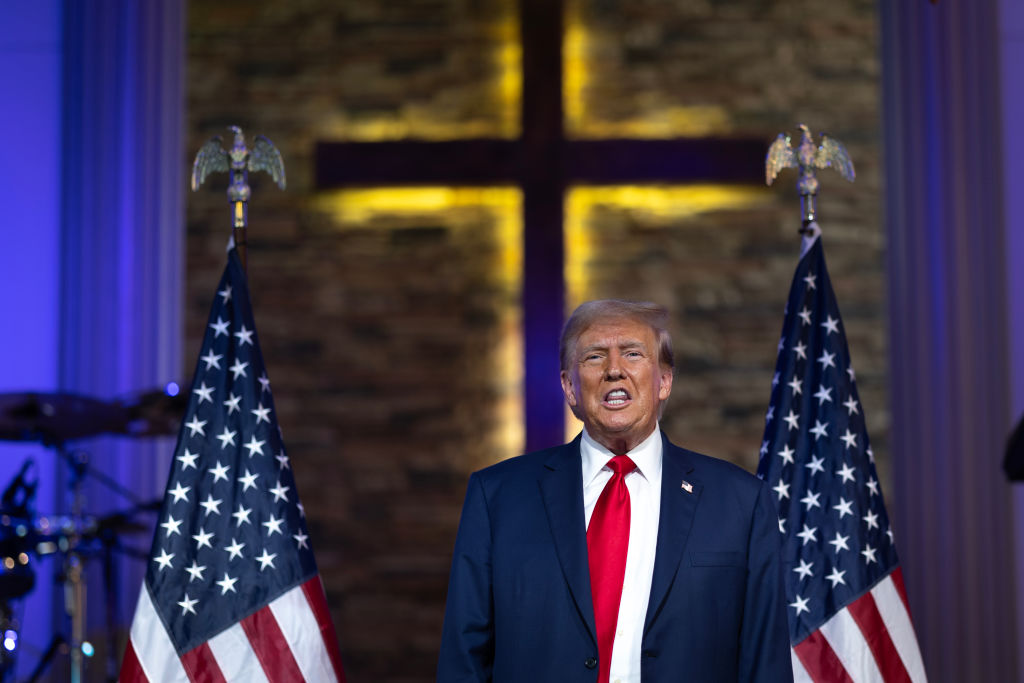


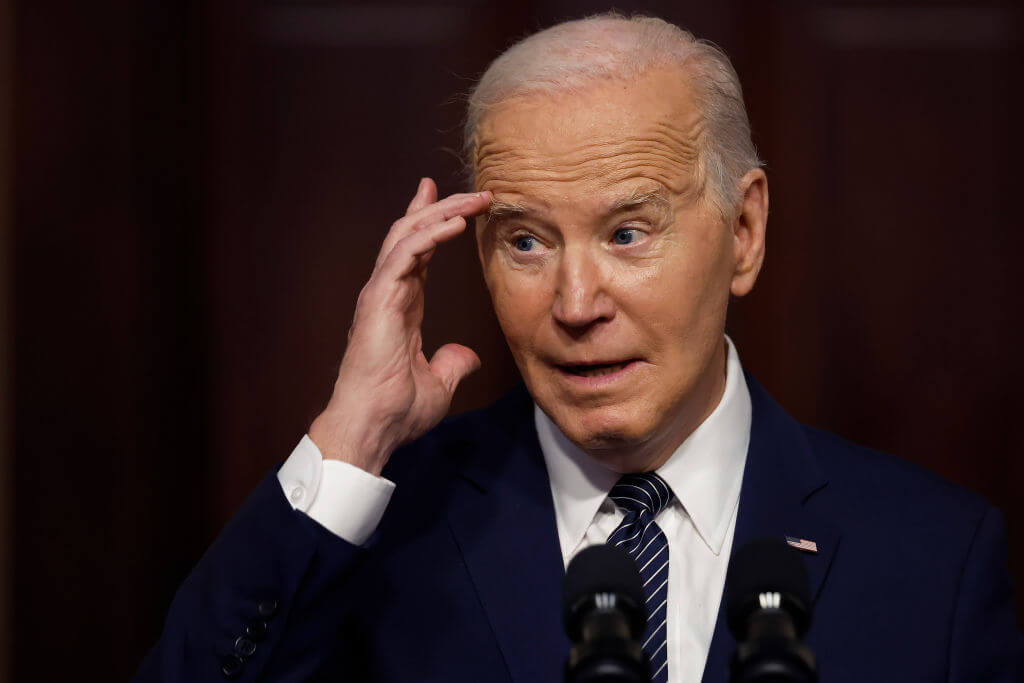



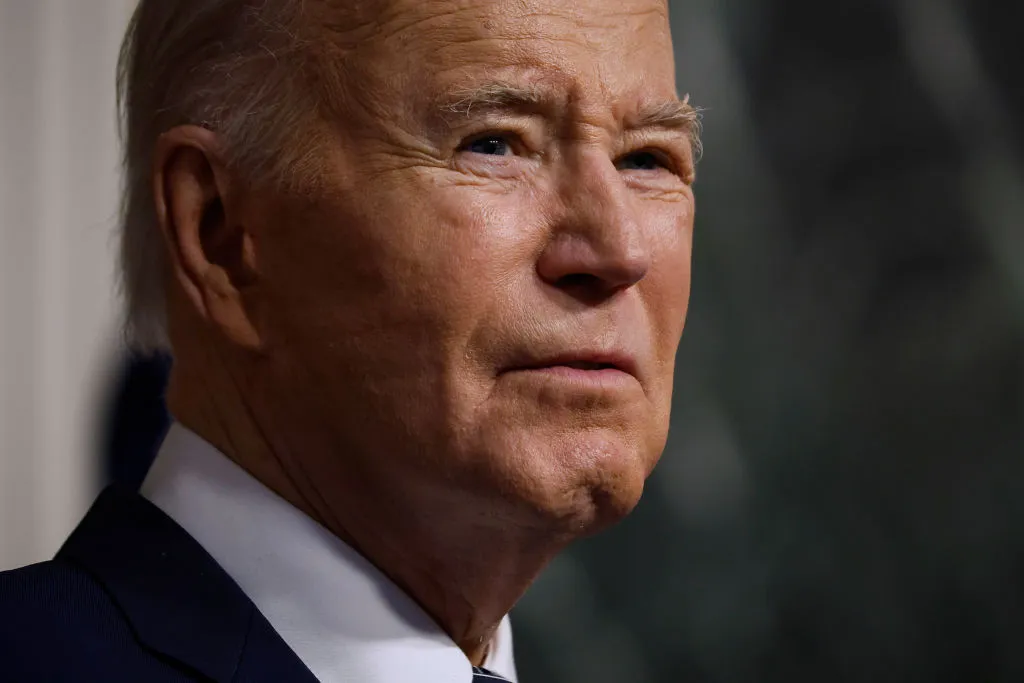

Leave a Reply